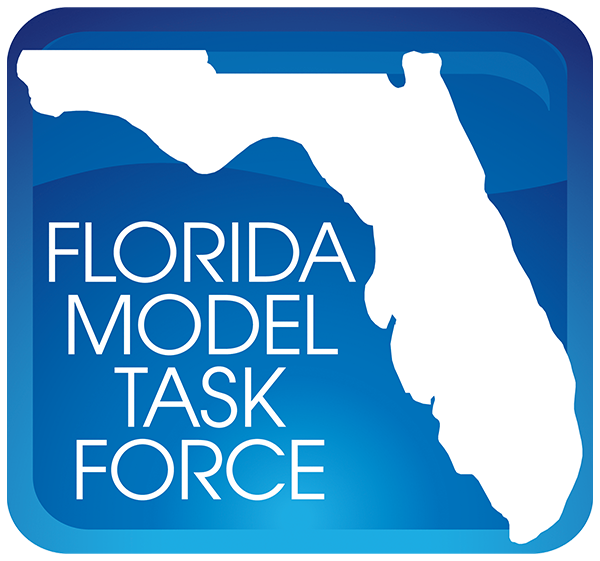

Travel demand models in the State of Florida generally model daily travel demand and produce estimates of daily link volumes that are then converted to peak hour volumes through the application of appropriate conversion factors. Current FSUTMS models in the state operate on a daily basis and then produce peak hour estimates through a simple post-processing routine.
In recent years, there have been considerable advances in the modeling of travel demand and link volumes by time of day. These advances have been motivated by the need to address planning issues and answer questions that are time-of-day related. Time of day modeling procedures integrated into the four-step travel demand modeling process offer a more accurate and robust mechanism for obtaining time-of-day based estimates of travel demand and link volumes. These procedures account for differences across trip purposes, modes, and origin-destination pairs. Some of the issues that motivate the modeling of travel demand by time of day include, but are not limited to the following:
In recognition of the importance of and the advances made in the modeling of travel demand by time of day, the USDOT's Travel Model Improvement Program (TMIP) embarked on the development of a new generation of modeling systems, called TRANSIMS, that is capable of accurately simulating travel patterns along the continuous time axis. In step with the directions provided by TMIP, this research project aimed to develop time of day modeling procedures that can be integrated into FSUTMS for immediate application in modeling practice in Florida. The time of day modeling procedures developed in this project would serve as a first step in the transition towards continuous time of day models such as TRANSIMS.
The objectives of the research project were to do the following:

